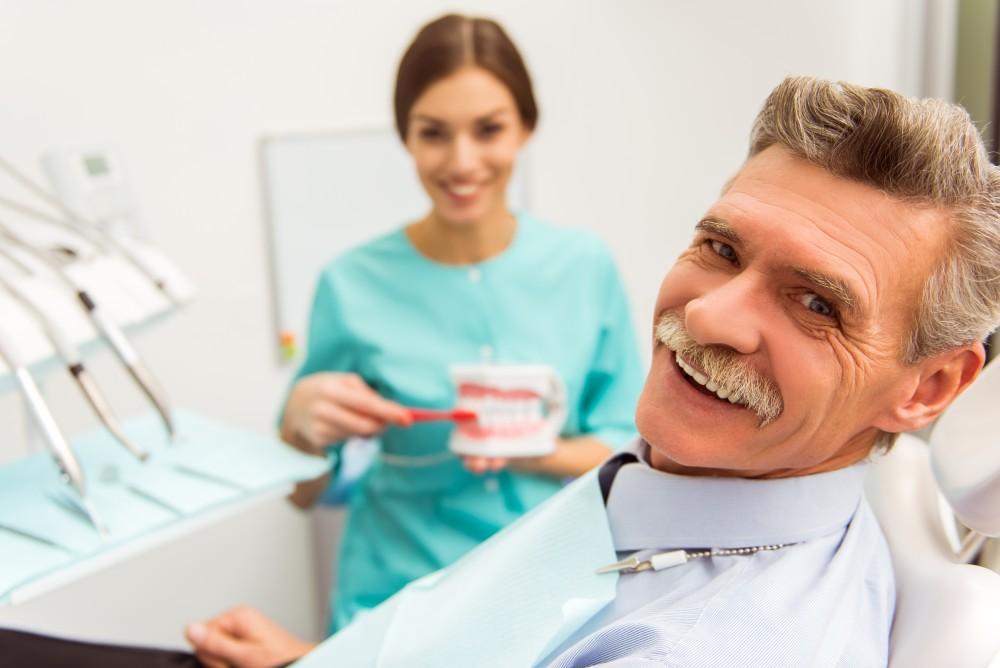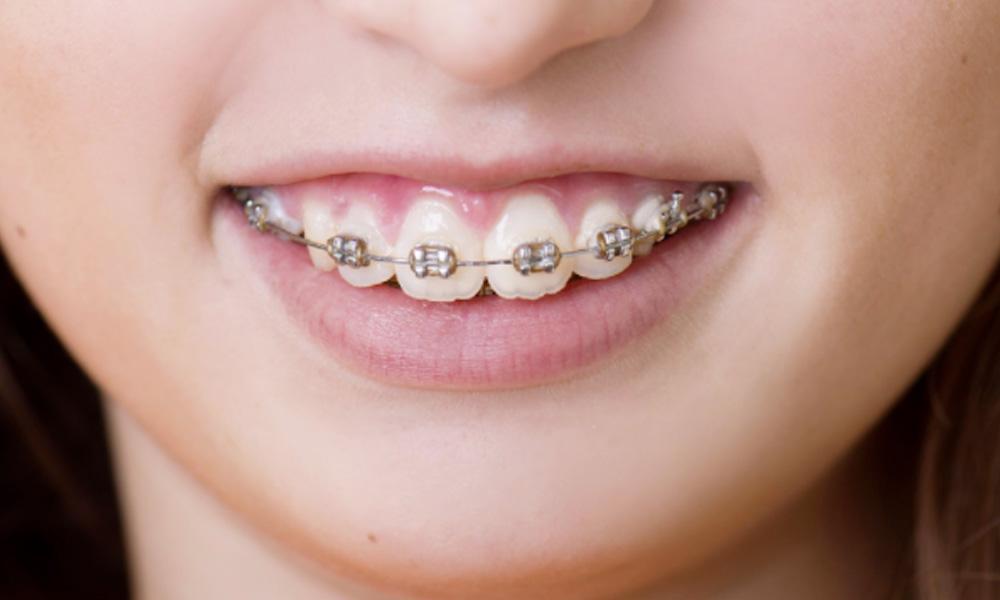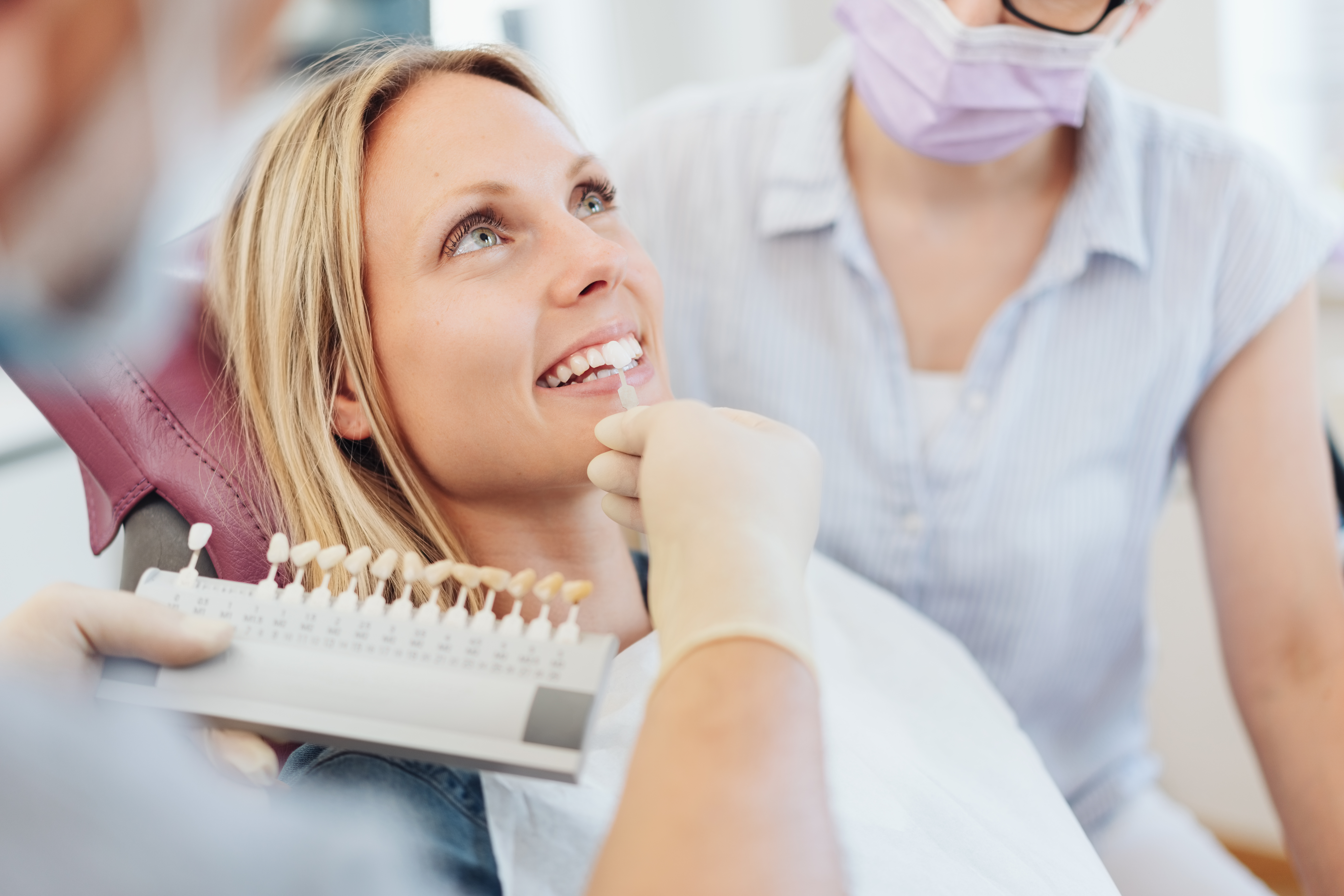Not so very long ago, there was one way to correct problems with crooked or misaligned teeth: metal braces. Orthodontics has come a long way since then. Today, those braces could be ceramic — or your teen may be able to choose clear plastic aligners instead.
Ultimately, if you want to straighten your teen’s smile, your family has options. Here at our office in the University Park area of Dallas, Texas, Dr. Scott Evans and our team can help you weigh your choices for orthodontic treatment.
And because Dr. Evans offers both braces and Invisalign® clear aligners, we have insight into what works best in different scenarios. We encourage teens and their parents to consider the following when choosing a teeth-straightening option.
What’s the orthodontic problem?
Invisalign aligners can correct a wide range of smile problems, including:
- Overbites, underbites, and crossbites
- Gapped teeth
- Crowded teeth
- Misaligned teeth
Generally, Invisalign works best for mild to moderate orthodontic issues. If your teen’s teeth have very large gaps, uneven tooth heights, or need a significant amount of work to get into alignment, Dr. Evans may recommend traditional braces.
Before you or your teen get your hearts set on Invisalign, have Dr. Evans evaluate their smile. This way, he can let you know if Invisalign could be a good fit for your teen’s orthodontic needs.
What are your teen’s preferences?
Assuming your teen is a candidate for Invisalign, deciding between this option and traditional braces can largely come down to what they want. Many teens prefer Invisalign because they’re so much less noticeable than braces.
We talk with your teen about what choosing Invisalign means for their daily life. For example, they must wear their aligner trays almost all day but need to take them out to eat. Some teens find it embarrassing to have to go through this process at lunch in front of their peers and would rather have a fixed option like braces.
We can explore both choices with your teen to see which best fits with their preferences.
Is your teen up to the task?
You should also be involved in the decision-making here. You know your teen well, and you understand that Invisalign only works if they can reliably wear their aligners for at least 22 hours a day.
If you suspect your teen would regularly take their aligners out at school or when they’re with friends, braces might be better. This way, you get an option that you know will consistently be at work improving your teen’s smile.
If you know your teen is responsible enough to actively participate in their orthodontic care — meaning that they can remember to wear their aligner trays as directed and that they aren’t likely to lose them or toss them in a backpack or pocket where they could get damaged — Invisalign could be a great choice.
Ultimately, when you’re deciding between braces and Invisalign, a lot comes down to your unique teen. To explore both options and find the best fit for them, call Scott Evans, DDS, at 214-337-5202 to schedule a consultation today.




